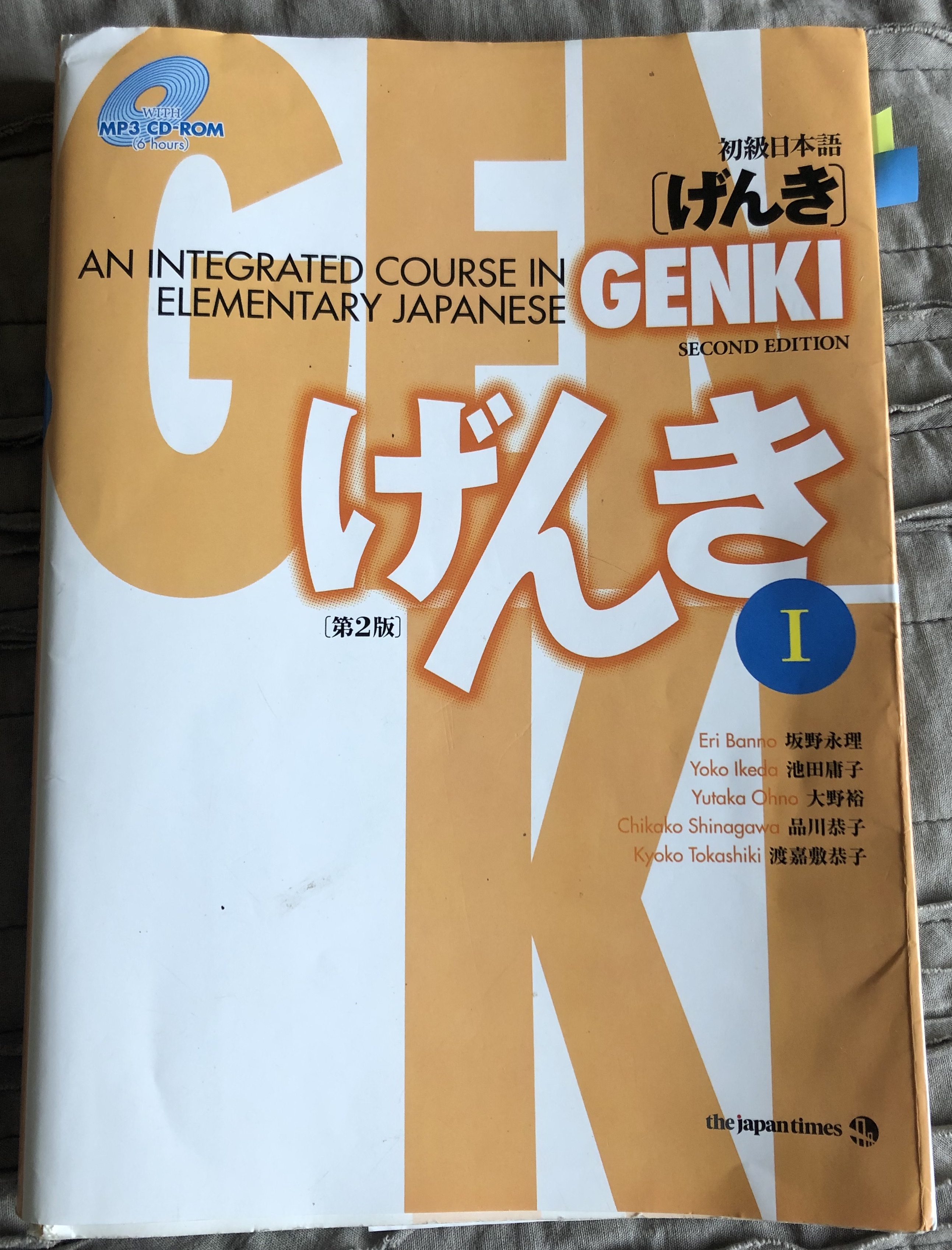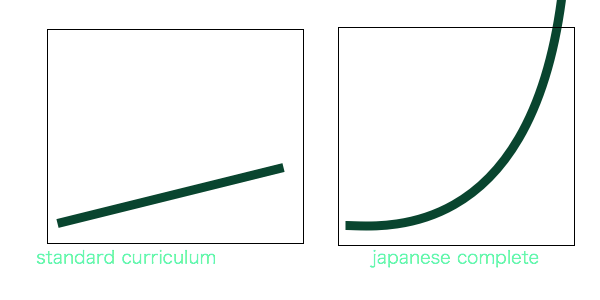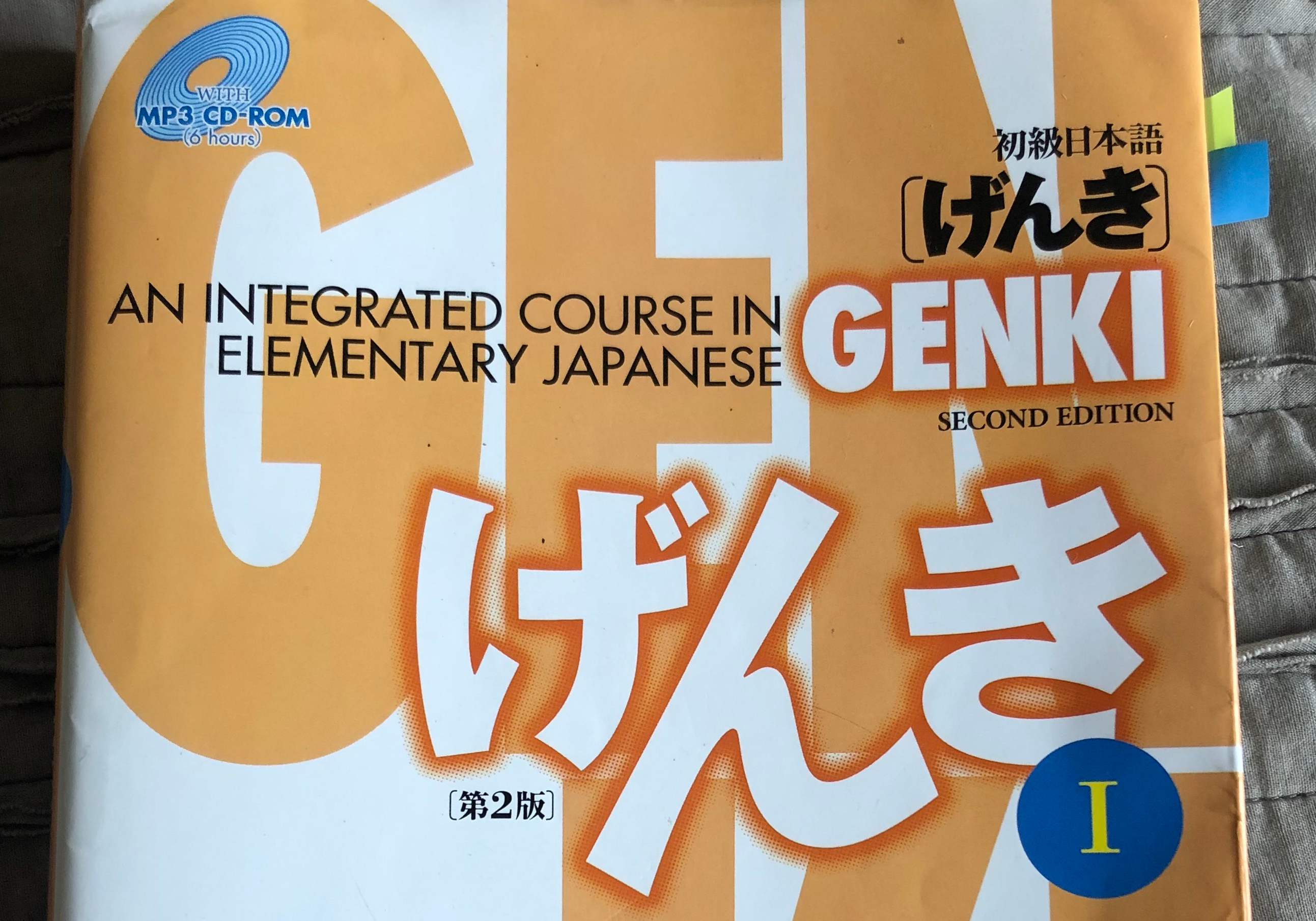What do you learn when you go all the way through Genki I, Tobira, Mina no Nihongo, and other books? By the numbers, how many Kanji, how many Verbs, how many grammar constructions will you know?
This article takes a long solid look at the state of Japanese textbooks today. (Numbers are estimates based on human inspection of the actual books. Missing numbers to be filled in as they become available.)
Introductory Books (Years 1, 2)

Genki I (approx. 1 year of college classes)
Number of Kanji: 145
Number of Grammar Points: 132
Number of Verbs: 124
Number of Nouns: 750
Genki I + Genki II (approx. 2 years of college classes)
Kanji: 317 (w/ stroke order)
Grammar: 260
Verbs: 250
Nouns: 1700
This means that after 2 years of study with Genki I and Genki II, one will know about 320 kanji, 250 verbs, 1700+ nouns, and be sensitive to about 260 unique grammar points.
This is great progress, but as we will see, the focus on nouns really slows curriculums down and doesn’t teach sufficient grammar or verbs for a solid foundation.
Japanese For Everyone
Kanij: 450 (no strokes)
Grammar: 135
Verbs:
Nouns: 2500
Minna no Nihongo 1 + 2
Kanji : 518
Grammar: 150
Verbs:
Nouns: 1980
Elementary Japanese I + Elementary Japanese II
Kanji: 300
Grammar: 200
Verbs:
Nouns: 1800
Japanese for Busy People
Kanji: 340
Grammar: 51
Verbs:
Nouns: 2000
Intermediate/ N3 level books
Tobira: Gateway to Advanced Japanese
Kanji: 800 new + 300 review
Grammar: ~225
Verbs:
Nouns: 1500
An Integrated Approach to Intermediate Japanese
Kanji: 1000
Grammar: 200
Verbs:
Nouns: 1500
Compared with Japanese Complete
Japanese Complete Volume One (1+ year of interactive curriculum)
Verbs: 450
Kanji: 1500 (meanings and stroke order)
Grammar: 450
Nouns: 1000
Japanese Complete covers 5x as many Kanji in Volume 1 as Genki does in Books I and II.
Japanese Complete covers about twice as many verbs and grammar constructions compared to the currently most popular intro texts.
Japanese Complete teaches 1500 kanji with stroke order and a central focus on meanings first, giving you a brilliant and solid foundation for future studies. For comparison, Genki I and II (approximately 2 years of study at the college level) equip you to recognize 317 individual glyphs.
In Japanese Complete, native Japanese nouns are skillfully introduced after a bulk of the subtleties of Japanese grammar have been mastered. This avoids confusion later down the line and prevents gaps and chasms in one’s foundational understanding.
Conclusions
Japanese pedagogy has been using the same textbooks for about 20 years as a proven method to get people in the door. However, far more efficient means exist for bringing an adult learner up to speed.
Learning a new language is typically equated with how many labels one can regurgitate from memory. While this is helpful, this is like a baby pointing to and asking for things. Without the subtle nuances of grammar to turn noun sequences into actual language, we never progress beyond amateurish babyspeak. Focusing on grammar as a vital priority is a brand new idea in Japanese pedagogy that is now getting more serious attention.
Contrasting Trajectories
From our post at To Learn Japanese, You need a Rocketship you can see the basic idea behind teaching all the subtle and nuanced grammar points first. Although progress looks slow (because nouns are intentionally held off until later) suddenly one day there appears the “rocketship effect.”

Earlybird Subscriptions Available for a limited time
Get a Supporter Subscription for Japanese Complete today at https://japanesecomplete.com/purchase and save 83% on the standard rate!
